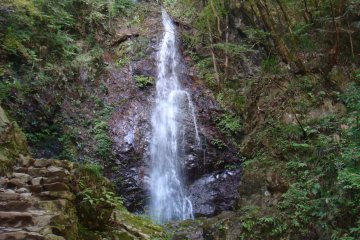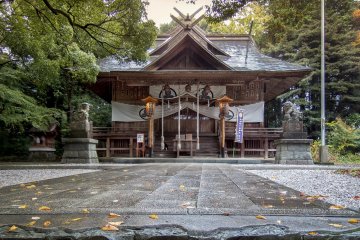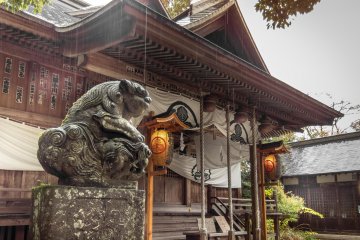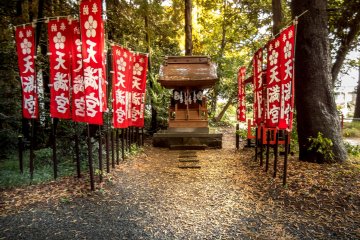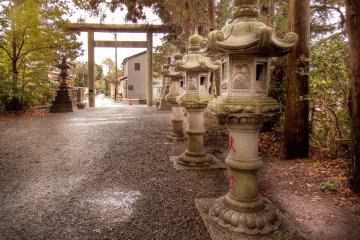Several years ago I was lucky enough to visit the Oku-tama Valley, a picturesque part of Tokyo filled with beautiful lush green forests, deep valleys and dramatic gorges. Situated within the Chichibu-Tama-Kai National Park, this soothing landscape offers the perfect rural retreat for city dwellers both within Tokyo and far beyond.
Having now visited this area several times, I was thrilled to finally make my way over to the neighboring Akigawa Valley which, equally offers a bunch of wonderful attractions. Similar to Oku-tama, the Akigawa Valley is also situated within the Chichibu-Tama-Kai National Park and is home to many mystic mountain ranges, scenic rivers and numerous historic temples and shrines that are nestled among some vast expanses of lush green forests.
About 30 minutes walk away from Musashi-Itsukaichi Station (the gateway to the Akigawa Valley); I was fortunate to stumble across Akiru Jinja Shrine when following the river upstream. Situated several meters above this valley on a steep hill, this shrine would be easy to miss if it wasn’t for the conveniently marked signposts.
Although relatively small when compared to the likes of Meiji Jingu in central Tokyo, Akiru Shrine has a long history dating back to the Heian period (794-1192), and was registered as being one of the top shrines within the ancient district of Musashi. This shrine’s importance can be recognized nationally as it is widely believed that several famous Japanese historical figures, including Minamoto no Yoritomo and Tokugawa Ieyasu personally visited here.
As well as its historical importance, this shrine offers a great place to seek some solitude and tranquility. If possible, I would recommend entering from the valley below as opposed to the side street from above, since the short ascent up the river bank provides a more dramatic entrance. You will be able to fully appreciate this as you are greeted by two Koma-imu (Guardian dogs), who peer down intently on all visitors






